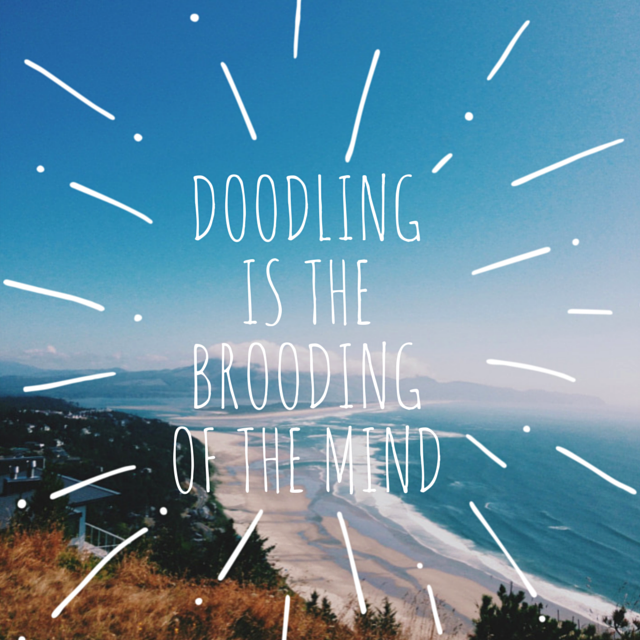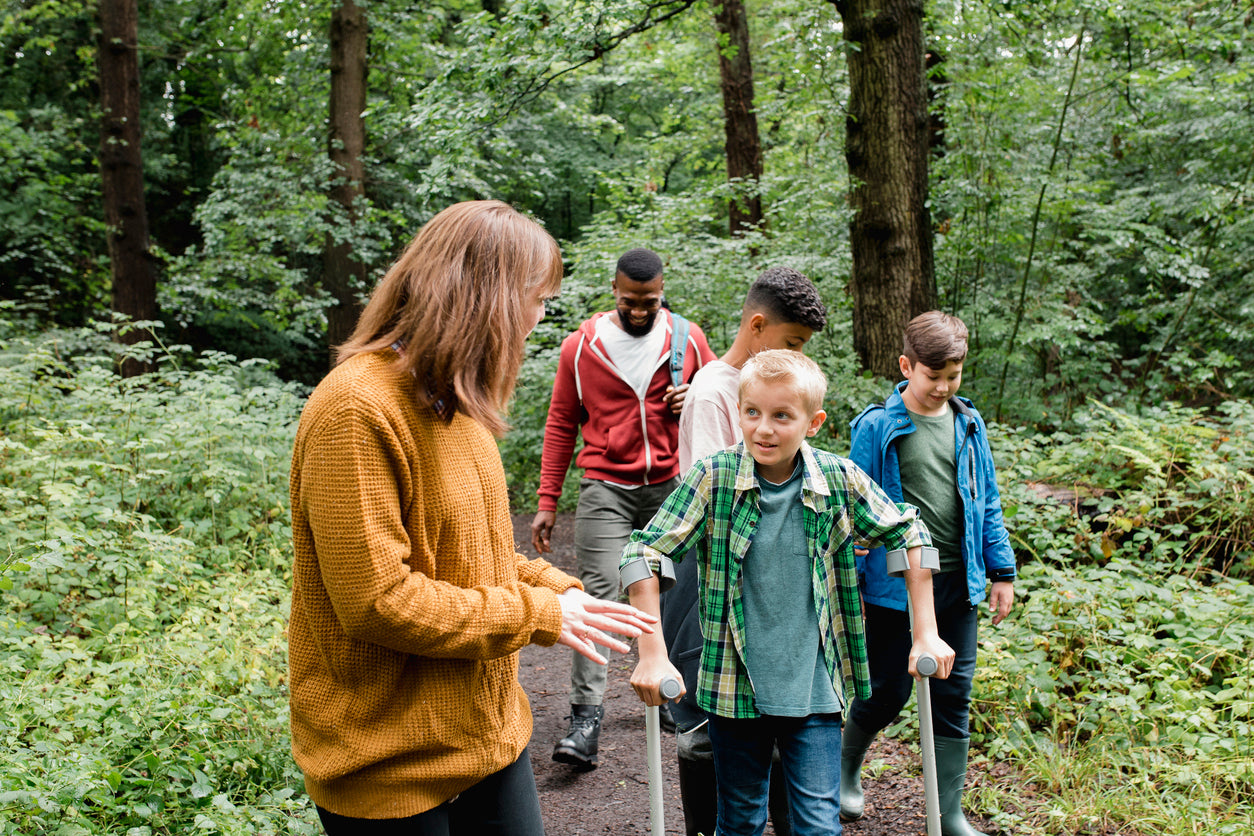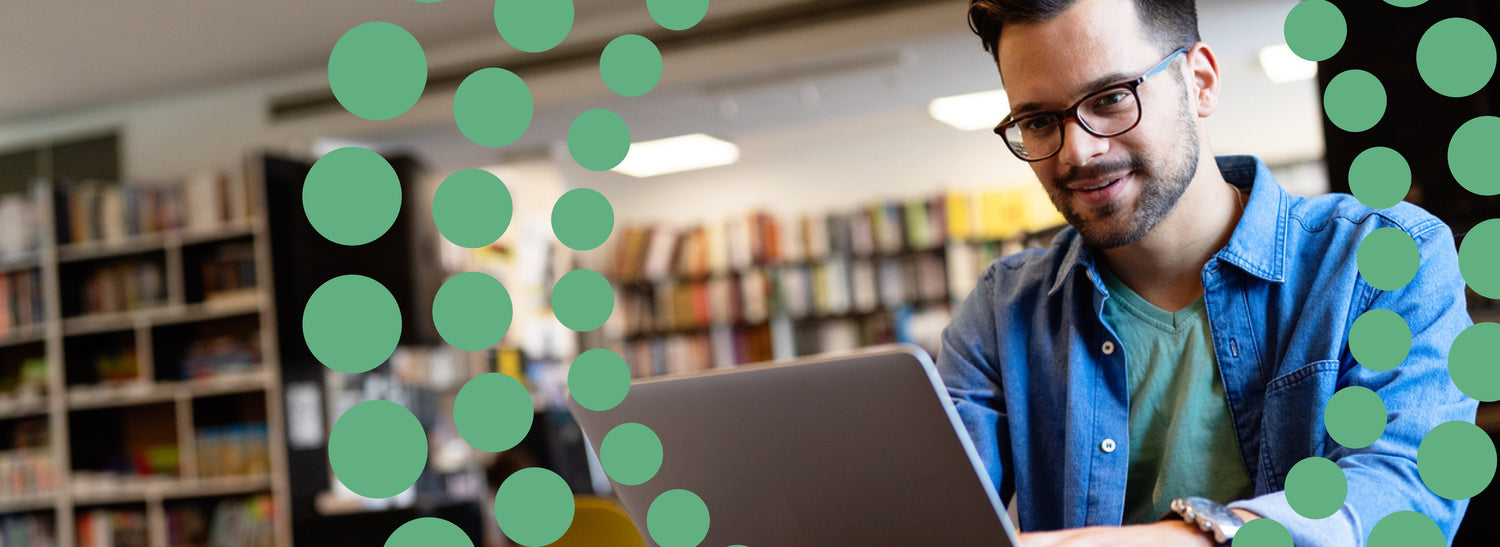Explore our collection of informative and educational blog posts to stay updated on the latest industry trends and expert advice.
5 Ways Doodling Improves Learning And Creativity

Do you still think doodling is a waste of time? Does it mean someone isn’t paying attention?
Well, it’s time to change your mind. Doodling and drawing can actually help you process, retain, and share information.
Doodling and Memory
According to a 2009 study by professor of Psychology, Jackie Andrade, doodling while listening to information can help our memory. Andrade conducted a study where she measured how well participants recalled details from a monotonous fake telephone message. Some participants were asked to shade in printed shapes while listening, and others simply listened to the message. Those who shaded performed far better at recalling information.
Andrade theorizes that doodling engages our minds enough to keep them from daydreaming. This is particularly useful when information is tedious or boring, but also seems to help concentration when listening to information-dense material.
In a Wall Street Journal article by Sue Shellenbarger, Jesse Prinz points to his experiences doodling during conferences. Prinz is a Philosophy professor at the City University of New York. He says that reviewing doodles actually helps him reconstruct what he heard, even if the concepts aren’t shown in the doodle—it’s like looking back on a postcard long after a trip, and remembering the details of your a travels.
Drawing to Explain and Understand Concepts
Shellenbarger additionally mentions that doodles can be used to communicate complicated emotions, “ten doodlers in a four-week study were equipped by researchers to share their sketches on social media…. Many of the participants’ doodles expressed complex emotions they wouldn’t have shared via written posts or texts….”
To visual practitioners, this is hardly news. The International Forum of Visual Practitioners (IFVP) describes itself as “an emerging grassroots network of diverse practitioners who use visual methods to assist learning and communication between groups and individuals.”
As the IFVP website describes, “Generally we work with groups or in some setting where groups of people are coming together to do talk, think and collaborate.” Visual practitioners then use doodling and drawing techniques to help others visualize what they mean.
Giulia Forsythe, argues strongly for doodling as “a form of external thought that allows you to visualize the connections you are making while thinking. In the conscious mind, doodling can assist concentration and focus but even in the unconscious mind, while doodling and day dreaming connections are made.”
Forsythe is a Special Projects Facilitator for the Center of Pedagogical innovation at Brock University. She works with course design and instructional strategies. Forsythe helps faculty make their curriculum using visual notes and doodling, and incorporate it as a teaching and learning method.
According to Forsythe, pictures can be used as metaphors to clearly illustrate a point. She uses drawings as a simple form of conveying messages, which leads to better problem solving.
When describing her own work, Forsythe says, “By sharing my thinking through visual means, my most important connections have been to people, by way of sharing my perceptions of their ideas, presentations and words back to them.”
Drawing in Education
An article by Charlotte Hughes and Scott Asakawa for NOVA also describes that students encouraged, “to draw what they learned during lecture, and while doing assigned readings…. not only retained more information, but they also reported more enjoyment and engagement with the course material.”
In a paper published in Science, Shaaron Ainsworth and colleagues propose 5 reasons “drawing should be explicitly recognized alongside writing, reading, and talking as a key element in science education.”
- For Enhancing Engagement, studies have shown that students who draw are more motivated to learn.
- Learning to Represent in Science, students learn how scientific concepts are visually represented.
- Reasoning in Science, students learn how to think like a scientist and identify important features.
- As a Learning Strategy, the process of transforming written text into drawings helps organize and integrate knowledge.
- To Communicate, teachers are able to see students’ thinking and students can share knowledge.
Leah Levy covers additional reasons to incorporate drawing into learning. In addition to preventing distraction and quickly capturing complicated ideas, Levy points to drawing as a way to engage important visual and kinesthetic learning channels.
She also states that drawing can promote more innovative thinking by engaging the creative brain, “while verbal processing is certainly crucial for any student to thrive, all of those words and that verbal logic can mask a deeper, more intuitive form of visual thinking.”
Levy goes on to list 5 ways to use doodling in education:
- Note taking
- Brainstorming
- Bringing concepts together
- Processing difficult emotions
- Making difficult concepts concrete (like, Doodling in Math)
The Movement with Many Names
Shaaron Ainsworth and colleagues also mention that there are more and more programs to incorporate drawing into science education. They point to the “Representation in Learning Science” (RiLS) project. Saying, “it is an exemplar showing how, through hands-on activities and a variety of multimodal representations in which drawing was central, learners aged 10 to 13 were guided to generate, justify, and refine representations in science.”
Another project called “Picturing to Learn” was funded by the National Science Foundation from 2007-2010. It was started by Felice Frankel, a scientific photographer and Senior Research Fellow at Harvard University. A total of 5 schools took part in “Picturing to Learn”, including science students and faculty from Harvard University and MIT, and design students and faculty from the School of Visual Arts in New York.
Students were asked to create drawings in order to explain various scientific phenomena to high school seniors. According to the “Picturing to Learn” website, the project found that “the process was a powerful means of revealing student misconceptions.” That is, drawings made by students in order to teach others actually provided feedback for teachers, showing them how the students understood concepts.
In an article for Symmetry Magazine, Madolyn Rogers also covers the project. She interviews a professor who used “Picturing to Learn” to teach difficult concepts in chemistry lessons. According to professor Sadoway, it isn’t always clear if students understand a concept when they explain it verbally. However, when the students draw, he sees right away whether they understood the topic.
The Doodle Revolution
Beyond science education, Sunni Brown is spearheading a much broader “Doodle Revolution“. In her TED talk, Brown redefines doodling as “making meaningful marks that help us think.”
According to Brown, doodling can give us the power of better recall, comprehension and learning. It can also improve our performance when we use it to make personal summaries and collaborate.
She aims not only to convince us of the benefits of doodling, but also to show us how to doodle better. Jennifer Miller describes a few of Brown’s techniques:
“Atomization.” Take an object and visually break it down into its tiniest parts. If you start with the word “racoon,” you might draw claws, a robber’s mask and a trash can. As Brown says, “any element of a raccoon—its body or environment—becomes a way of looking at the animal that you didn’t think about” when you considered it as a whole.
“Game-Storming.” Take two unrelated things, like elephants and ice cream, and draw them in their atomized parts. Then create drawings that randomly fuse these parts together. Like trunk-cones or melting ears. Brown has used this technique to help journalists think up unique story angles.
“Process Map.” Having trouble thinking through a problem? Create a visual display that illustrates (literally) the sequence of events. Brown calls this a “cause and effect doodle.” Sometimes, looking at pictures can help your brain make sense of a complex system better than words.
The Sketchnote Army
Designer Mike Rohde promotes a similar technique in his books “The Sketchnote Handbook” and “The Sketchnote Workbook”.
Rohde focuses on personal note taking. He provides techniques for combining doodling, drawing, and writing to take notes that stimulate emotional engagement and promote easy review, as well as idea generation and mapping.
You can find inspiration in how others have used sketchnotes in their own work, education and daily lives at the “Sketchnote Army” website,
Elisabeth Irgens also writes about getting started with sketchnotes. She makes the crucial point that “It doesn’t matter whether you call it sketchnoting or doodling or scribbling or simply “adding some joy” to your notes…. The goal is to create something that you would want to take out again and look at — and, hey, perhaps even show others.”
Good-looking notes aren’t the main concern. In creative note taking, you are the audience. So, how do you get started? Here are points Elisabeth Irgens mentions:
- Choose your tools: She suggests using two widths of black pen to make contrasting lines, a light-grey marker for shadows, and a handful of colors to add interest. “The daring may want to venture outside the primaries and secondaries of the basic color wheel. Look for color names like salmon, asparagus and raspberry for a more elegant touch than your basic red and blue.”
- Choose your surface: Blank sheets of paper can be daunting, Irgen proposes starting with a sheet you feel comfortable using, like a clipboard with single sheets of paper, a cheep notebook, a scrap or lined paper, or the back of some other paper.
- Mix words and drawings: Using words and drawings boosts your ability to remember and makes notes more fun to look at. If you don’t think you can draw try to make some symbols on a page and combining them into objects. Draw straight, curved and zig zagged lines as dividers, to underline points, or surround text. Draw dots, boxes, triangles, circles. And don’t forget to mix and match to make arrows, smileys, stick people, browser windows, mobile phones, stars, clouds…. anything.
- Use tricks: It’s hard to look, listen, and draw at the same time. Irgen’s trick is to draft notes in another notebook and snap photos of slides at conferences. “By jotting some words on the side, I can zip back to sketching what I was working on.”
- Consider layout: Start from the top-left or top center and move to the right or directly down. Irgens says, “People often ask me how I plan a layout without knowing the structure of the talk. The truth is that I almost always either run out of space too soon or have trouble filling the page. Some speakers list the topics they’ll cover. Pay close attention if they do: This is a sketchnoter’s gold.”
- Plan a color scheme: When going to a conference, Irgens made sure to pick “a series of nine matching colors, one key color for each talk, with touches of the previous and next colors as accents.”
- Remember: There is no right way. As Giulia Forsythe succinctly puts it, when doodling to take notes, “the key thing is making it make sense for you.”








